After finishing the last piece, where I argued that automobiles are horses, but better – something that isn’t controversial amongst 99% of humanity – I stumbled upon this video of old time Paris, France. Check out the wheel free paradise they had, with children playing and adults gossiping right there in the middle of the street that belonged to HuMAnS and not cars.
Look at how friendly and welcoming this street is. Before cars came along, there were never gigantic heavy monstrosities on the road that would trample children.
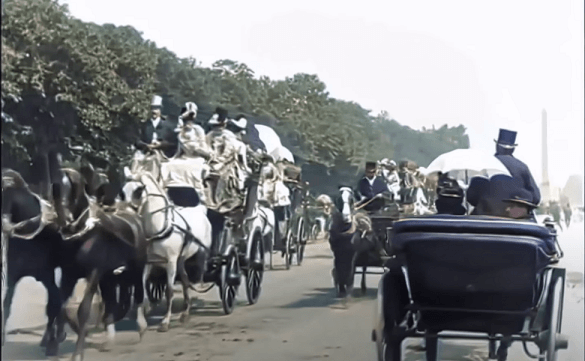
See how pedestrians humans were never forced to the side of the street before cars existed? And I say side of the street, and not “sidewalk,” for a reason. That reason is that sidewalks are CaR inFrAStruCtURe that never existed before the EVIL NATZEE Henry Ford invented the Model T.
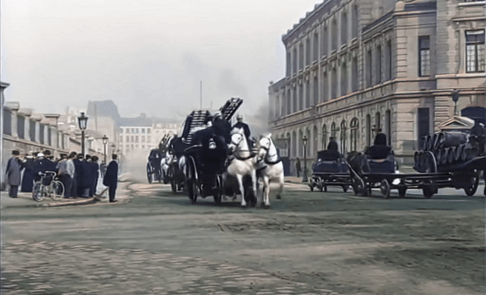
For the record, I did find this part pretty cool. I think it’d be more of a novelty, but I’d still enjoy riding this pedestrian platform. I’ve started the video at the right time.
But that’s neither here nor there. Today we’re looking at what happens when you get some antifa cunts banning cars from a major street. This video is from CityBeautiful, the almost certain homosexual who we’ve seen once before victim blaming “NIMBYs”. He’s back now to tell us all about the miraculous wonders that banning cars from San Francisco’s Market Street brought us.
Every city has its main street. In San Francisco that’s Market Street.
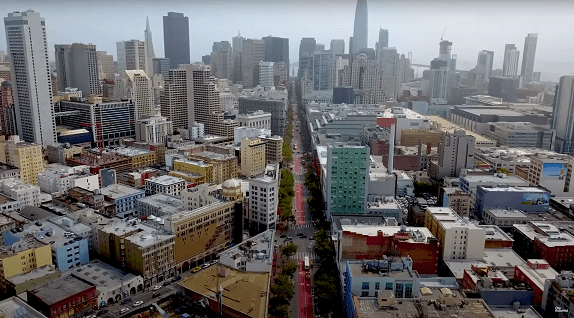
Market Street.
Yes, Market Street is a major street in San Francisco. This is not some glorified alley that they did this to. Keep that in mind.
It serves as the seam between two major urban grids. It’s been a chaotic and busy street for over a century. This footage taken mere weeks before the San Francisco earthquake of 1906 shows the bustling street complete with cars, transit and pedestrians all jostling for space.
His footage shows something else dead center, a four legged mystery creature pulling a wheeled vehicle. There are also a whole bunch more on the sides of the road, and it’s easier to see when you watch it in motion.
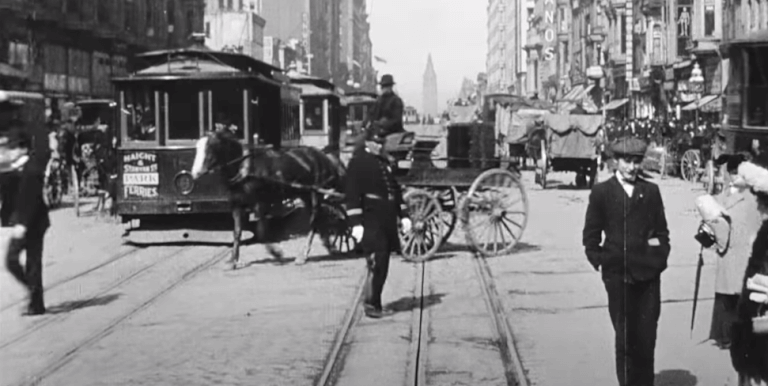
Again the cult continues to pretend that horses never existed, when you can clearly see them in their own footage. But if you admit that horses exist it’s harder to have your idiotic whining about “car-centric” infrastructure be taken seriously when cars just replaced horses.
Also, those old streets tended to be dangerous and unproductive, with lots of traffic moving parallel to the through motion. If you so desire to live in a place like this, especially with work animals being used for transport, you can go to any number of third world cities and enjoy the sights and smells to your heart’s content. Or you could whine about cars and car manufacturers taking away your freedom to blunder into traffic, and enjoy a nice uncensored YouTube career.
Main streets like this are meant to be busy and bustling, but traffic can make it so all users, regardless of mode, find it hard to use. That’s what happened to Market Street, and over the years numerous attempts were made to solve the congestion problems.
One 1960 proposal called for a monorail to run along the street. The BART metro system opened along the corridor in 1962.
How’s that BART metro system doing these days?
This video is from 2018. In it we see open drug usage from these creatures who even get aggressive with the cameraman when he was forced to stop because a cleaning lady walked by. It’s not surprising why San Francisco is dying.
By the way, Vancouver has the world’s first “safe injection site.” But in San Francisco they have something similar, and they also just get the police to not arrest people openly doing drugs in the public. But remember, aggressive druggies don’t affect walkability.
But traffic issues lingered even while Market St. went into decline. City residents were moving to the suburbs and stores and offices went with them.
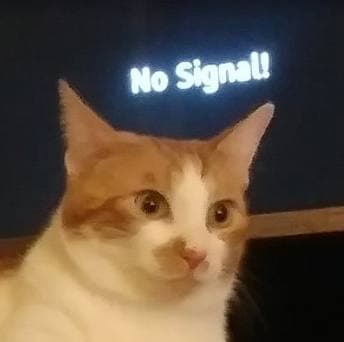
But I have been assured by the traffic troons that cities subsidize suburbs. I thought it was physically impossible for anything productive to be done by the freeloaders who live in the suburbs, but now you tell me that there are businesses out there. This is ridiculous! Next you’ll tell me that you don’t understand that some suburbs are different municipalities and therefore can’t possibly subsidize cities.
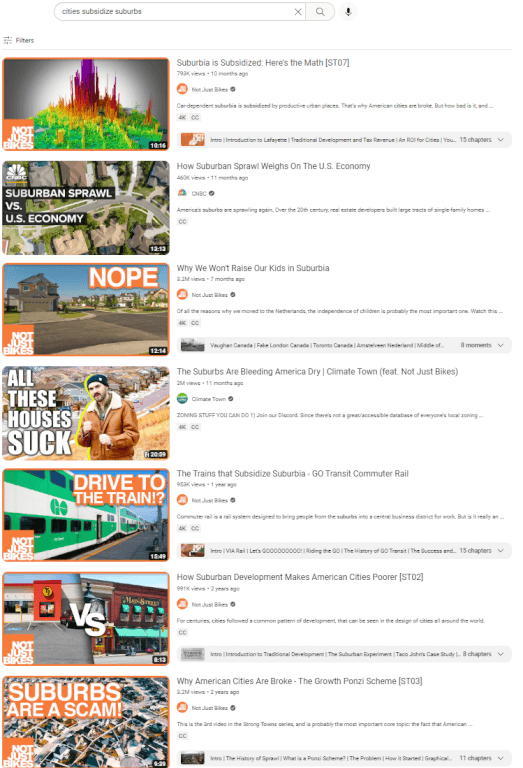
The takedown of the “suburbs subsidize cities,” nonsense is a ways out, but it’s coming. Now back to Market Street.
Finally in 2009 the city began a program known as “Better Market Street,” to improve traffic, and help revive the iconic corridor. Between 2009 and 2020 the city began restricting private vehicle movement along parts of the street to reduce congestion and conflicts between transit vehicles, pedestrians, cyclists, and cars.
And in January, 2021, almost exactly a year ago, the city prohibited private vehicles on Market Street. How did it go?
I find myself curious. It sure seems odd that their solution to a dying street would be to effectively restrict people’s access to it. Remember, this is a major road, so it would seem like you’re negatively affecting a huge amount of the city by banning cars. But I could see the potential for a revitalization of pedestrian traffic.
Well, car traffic did not get worse on adjacent streets and transit vehicles are able to move through the corridor faster, and on time performance jumped.
I feel like there’s this other group that we’re neglecting right now. It’s like, the group you would think of when you think of “walkability.” I believe it starts with a P.
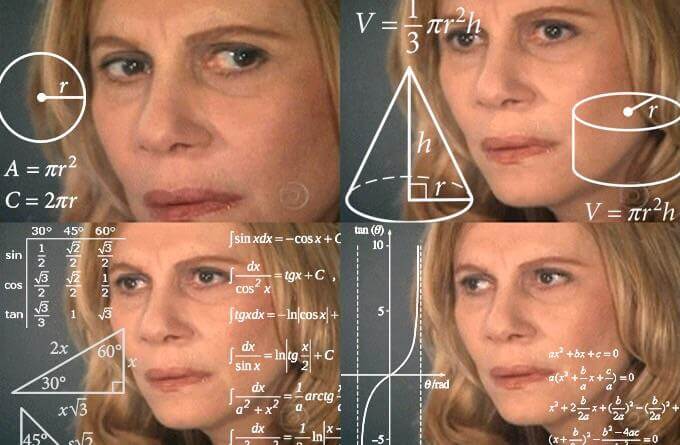
CityBeautiful never says how foot traffic has changed. He does include a few carefully curated shots of Market Street, which show a quiet, desolate place almost completely devoid of pedestrians. Truly the de-carification was a rousing success.
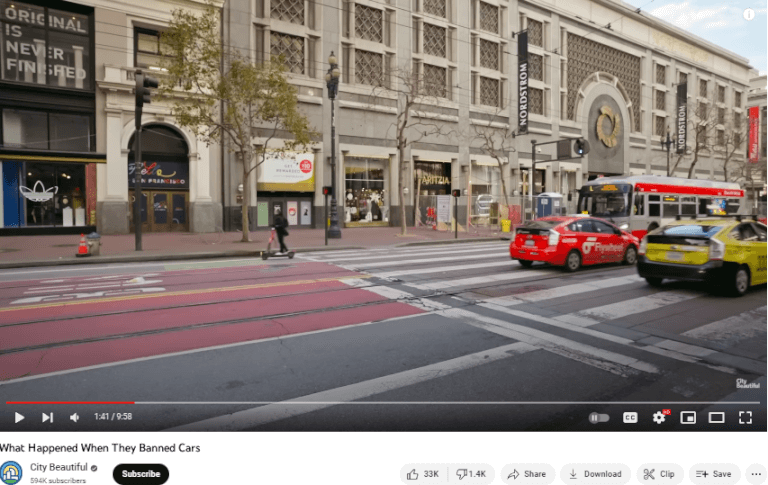
It also still has taxis, which makes no sense at all. They probably had to do that because not letting people take cars through an urban arterial is stupid, and this let them pretend that they weren’t doing exactly that. Or maybe some taxi companies had their balls buttered, it’s hard to say.
Market St. is just one example of a street that got better when you banned cars.
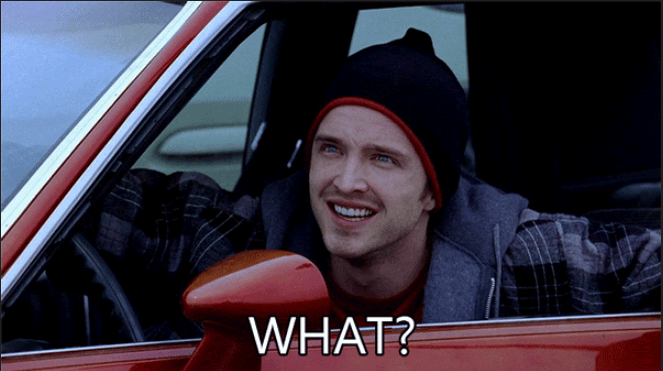
He confidently says this when even his curated video shows it to be a ghost town. There’s no one there, and this is a major street in an urban area. Just look at it. Does this look like a healthy city street to you? And remember, he walked to this particular point because it shows the street and city in the best light, because no people is probably better than homeless druggies shitting everywhere.

Look at the enormous and empty sidewalks, and I think that’s an abandoned building at the right of the picture.
The only shot that has some other people in it is this one. People are waiting for a bus, or perhaps a taxi or two, and it’s intersecting with another street where they didn’t ban cars.
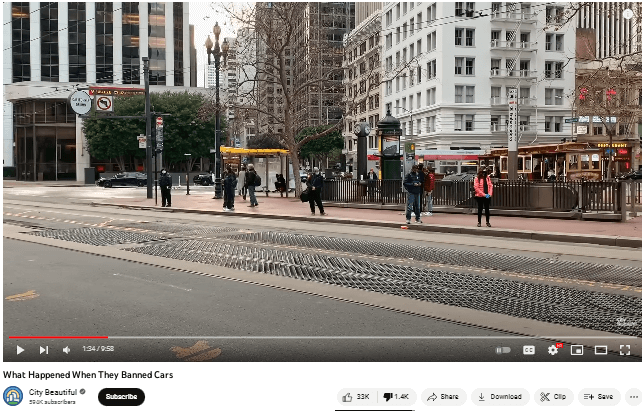
Keep in mind, this is a major urban arterial. The place should be packed with pedestrians. Here’s Times Square for reference, if you don’t know what a major street is supposed to look like.
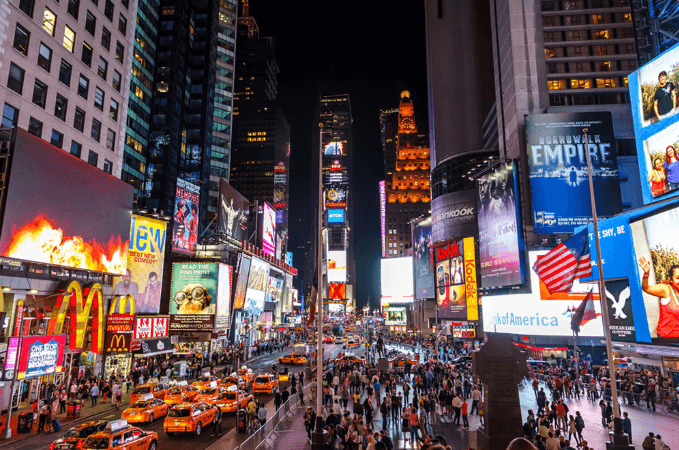
You’d be hard pressed to find the grimiest side streets in most major cities this devoid of people, and the delusional homo is bloviating about this as if it were a major success because the buses can now come more regularly and car traffic on other streets wasn’t affected?

I try to keep the react pics to a minimum but this is insane. You have a major street that is deserted in the middle of your city. Stop smiling, your city is dying.

Market Street might sound familiar. In a previous entry we saw (((Noah Smith))), who is antifa-lite, but not quite as retarded as the rest. Since he actually cares about shoving the Goyim into the pod and making us eat bugs, he’s pissed that these idiots are so obviously malicious and divorced from reality, for the same reason that I get pissed when people on our side push fake memes. What did he have to say about Market Street?
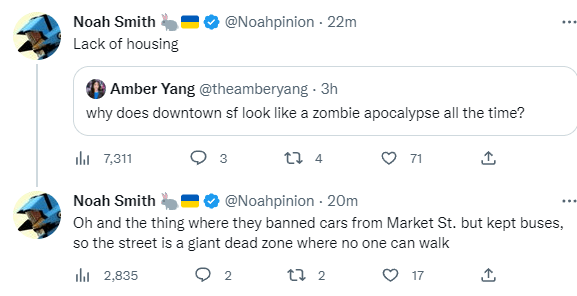
Amber Yang: Why does downtown SF look like a zombie apocalypse all the time?
Noah Smith: Lack of housing.
Oh and the thing where they banned cars from Market St. but kept buses, so the street is a giant dead zone where no one can walk.
This might come as a shock, but the spiteful mutants who run San Francisco managed to fuck up once again. They did something that makes everyone’s life worse and sucks.
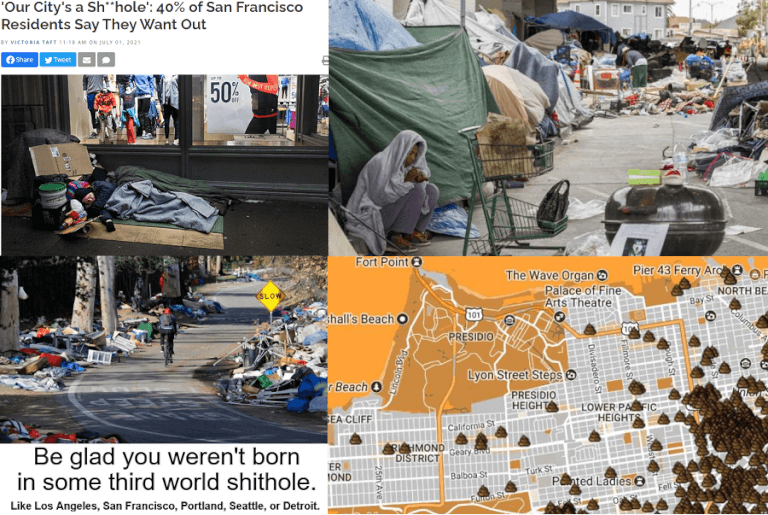
Banning cars from certain areas can sometimes be a good thing. Most of those areas should be pedestrian squares, but occasionally there are some side streets or dead end areas that can be improved with no car access. Here’s a charming street I recently walked on in Seattle that has no automobile access.
But as I said all the way back in the first piece, you can’t be a pussy about it. You can’t start sending buses down the street for obvious reasons. You can’t let disabled people drive their cars down there. You can’t have loading and unloading trucks, at least not during the times when the people are walking. You need to go all the way, and you need to do this only for small alley-style streets and not major arterials.
It was beyond idiotic to try turning Market Street into a car free zone. It was so retarded that even the committed retards running San Francisco couldn’t do it, so they compromised and shoved a bunch of buses and taxis in there. This gets you zero walkability improvements, since you can’t walk on the road anyway, and you still have to wait for pedestrian lights to cross the road without being crushed. It also means less people can get there because people have and use cars for a fucking reason.
But maybe they were just a bunch of spiteful mutants who knew what they were doing and intentionally destroyed a street even more than it was already destroyed by the criminals and drug addicts because they’re the type of antifas who make hating on cars central to their identities. Who knows? Could go either way.
Let’s check in with San Francisco and see how it’s doing these days, State Street aside.
San Francisco’s business district is on life support. Compared to before the pandemic, vacant office space has increased by 290 percent. Convention attendance is down by 86 percent. Use of the city’s BART subway system in commercial corridors is down by 75 percent. And it is not just the city’s commercial districts that are struggling; San Francisco lost 6.5 percent of its population in just one year, more than any other major city.
They lost 6.5% of the population? Was there a nuclear warhead detonation?

No, just antifas being put in charge. To put the population loss in perspective, below are WW2 casualty numbers, with the blue as a percentage of the original population. San Francisco has suffered more casualties, by percentage, than all of Japan in WW2. It’s considerably less dramatic though, seeing that they didn’t die, they just decided that living in San Fran is absolute garbage and so they left, never to return.
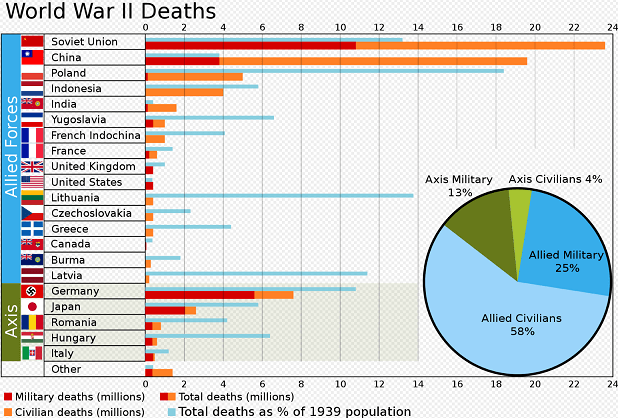
But ultimately lots of cities lost population during Covid, and appear to be starting to regain them. Surely San Francisco will join them?
These statistics are not from the depths of the pandemic, when businesses throughout the state were shuttered. They are from the first quarter of 2022, long after virtually all COVID restrictions had been lifted. And while many other cities’ urban downtown areas have recovered to their pre-pandemic business activity levels, San Francisco is lagging very far behind in this regard.
Three factors have come together to create a perfect storm of economic depression in San Francisco: (1) a large share of workers who can easily work remotely; (2) a large tourism and business travel industry that must have people to serve; and (3) a set of economic and social policies that have crippled the city by promoting drug abuse and tolerating crime, and that have grossly raised business costs and living costs to the point where the city has become unaffordable and unprofitable.
Tourism declining and San Fran being a shithole are tightly related. People don’t want to come to the city now that they know they’ll be stepping over human feces. But even working from home is still related. People would prefer to go into the office and sit down with their coworkers most of the time. This gets more annoying when obnoxious cunts remove downtown parking or make your commute arbitrarily longer. But it’s intolerable when you’re commuting on Metro where mentally ill druggies and Criminals of Colour are allowed to run rampant, and then forced through the gauntlet of human feces and used needles.

Vancouver, but it’s the same thing.
Once that happens people will do anything in their power to stay at home. On one recent TRS episode I recall Moike making the argument that corporations don’t like stay at home work, because people don’t work nearly as effectively. There are also some obvious benefits to being around your coworkers, provided they know what they’re doing. But the problem is that there are so many people who have realized the benefit of being home in suburbia away from DriveBy Dequeerus and the aggressive druggies that they’ll just tell their employers to go fuck themselves if they want them to come back in.
This model worked remarkably well for decades but is now largely broken. Many of San Francisco’s workers have not returned, as they can work fairly seamlessly from home or other locations outside of their San Francisco offices. Business and vacation travelers also have not returned and are choosing other destinations, as San Francisco travel remains nearly 50 percent below its pre-COVID level. And as more people stay away from San Francisco, economic activity declines, businesses close, storefronts become vacant, streets lack foot traffic, and the vibrant San Francisco of yesteryear—one of the most iconic cities of the world, a city that was often considered on par with Paris, New York, London, and Rome—is now fighting for its life.
Years ago, the city chose to adopt “harm reduction” policies regarding illegal drug use. Harm-reduction policies are based on the principle that illegal drug use is to be accepted as a normal part of life for those who make that choice, and therefore drug users should not be prosecuted nor ostracized.
San Francisco not only adopted these policies, it went far beyond the harm-reduction agenda by supplying drug users with needles, “safe” snorting kits, and other drug paraphernalia, some of which are handed out to kids at city centers. Do you remember “Pleasure Island” in Pinnochio? Welcome to San Francisco.
Nearly five million needles (yes, that is million) are handed out to IV drug users annually. Users are supposed to turn in the used needles at city needle exchange sites in return for clean needles, but 40 percent or more of those used needles—roughly 2 million—wind up on city streets and sidewalks each year. One woman reported being stuck by a discarded needle while riding public transportation, and a young girl is reported to have inserted a used needle in her mouth, thinking it was a thermometer. A used needle poked the shoe of San Francisco’s interim mayor a few years ago. The Health Department is now spending around $1 million per year to clean up needles that are littering the city, but despite these efforts, needles seem to proliferate like rabbits. In 2018, NBC news studied 153 city blocks in San Francisco and found discarded needles on 41 of those blocks.
The news team also found human feces on 96 of those blocks, meaning that if you walk five blocks, there is 99.5 percent chance you will encounter what is completely unacceptable in any society. But defecation and urination have been an issue in San Francisco for years. The city paid its “pooper scoopers” $184,000 per year in 2018, and compensation today likely tops $200,000 annually for those tasked to clean up after those who refuse to comply with the very lowest level of social decency.
But used needles and feces on the street are just the beginning of San Francisco’s problems. Illegal drugs, including fentanyl, roughly 100 times stronger than heroin, are sold openly on city streets in organized markets that are roughly the equivalent of a Walmart. With little to no threat of arrest or prosecution for those operating them, these markets thrive, open 24/7, staffed by personnel from organized drug gangs and cartels, with the number of sellers varying according to time-of-day demand from users.
With a homelessness rate roughly 12 times higher than the national average, several neighborhoods have become de facto tent cities. Before the pandemic, San Francisco lost two major conventions worth over $100 million in revenue due to concerns of crime and city cleanliness.
Workers prefer to stay home. Conventioneers and tourists go elsewhere. Service-sector workers suffer from lack of demand. Changing this falls on London Breed, San Francisco’s mayor, who at least understands that there are severe problems, and a group of city supervisors who prioritize beginning every meeting by noting that they are occupying unceded land from the Ohlone tribe, and who care more about police defunding than implementing ideas that will restore a semblance of social order.

This. City. Is. Dying. And there is nothing that forces San Francisco to survive. It’s not a major port that is essential for the transfer of goods. There are no serious natural resources that require people to work there.
Major industries in the San Francisco metropolitan area include:
- Biotechnology
- Environmental technology
- Information technology
- Professional services
- Tourism
The San Francisco metropolitan area is home to over fifteen Fortune 1000 Company headquarters, the largest of which is McKesson. The most famous companies located in the San Francisco are are probably the Gap, Levi Strauss, Oracle, Wells Fargo, and Williams Sonoma.
None of these corporations need to have their headquarters here. The city is in a beautiful location, sure, but they can all move into different buildings later. Or they can have their employees work from home as well and further hollow out the city.
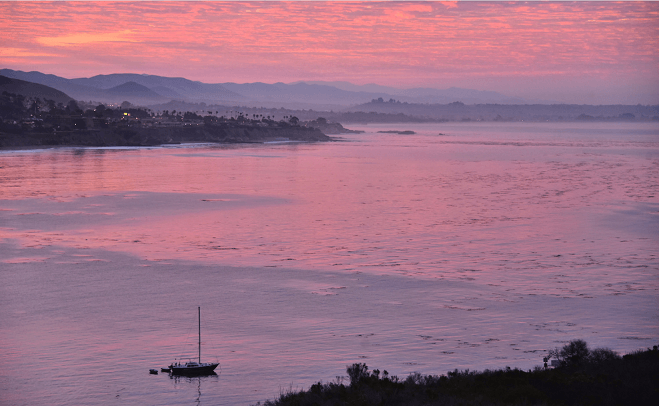
San Francisco
A once beautiful city, utterly destroyed by antifas and their (((benefactors))), and this is CityBeautiful’s face when he learns that they banned cars from a major road.

Am I getting through to everyone how utterly divorced from reality these people are? How little they have to offer anyone? Imagine soying out over cars being banned from a major road needed for transportation – something so dumb that even other antifa-adjacent leftists like (((Noah Smith))) think was a disaster – in the middle of a major American city dying and being literally shit all over.
It doesn’t take much more than some signage and some paint to get started. Let’s take a tour of some streets that have simply removed private cars and seen some impressive benefits.
He then shows us this street in Madison, Wisconsin that has zero pedestrians and two obviously boarded up shops on the left. This plays while he bloviates about the “impressive benefits.”

I need to skip ahead a little bit, because he bloviates about European streets, totally not understanding that they’re White, low crime, and are tourist areas anyway. We’ll circle back to that, but I have to skip to when he talks about which type of street he likes best, using copious Pokemon references.
Let’s take a look at the spectrum of car use on streets. I think pedestrian malls or plazas and transit malls are the final evolution of streets. They’ve been perfectly designed for their modes and they don’t allow cars on them. They are amazing. At the other end of the spectrum are the suburban arterials that are outright hostile to anyone not in a car. In fact they are even dangerous for people in cars, with their high speeds and multiple lanes. In between we have a variety of different streets that accommodate a mix of modes.

I’m sorry but what the fuck? It’s tempting to re-evaluate my decision to spend so many dozens of hours painstakingly fact-checking these retards when they come out and say things like “I think the pedestrian plaza is the final evolution of streets.”
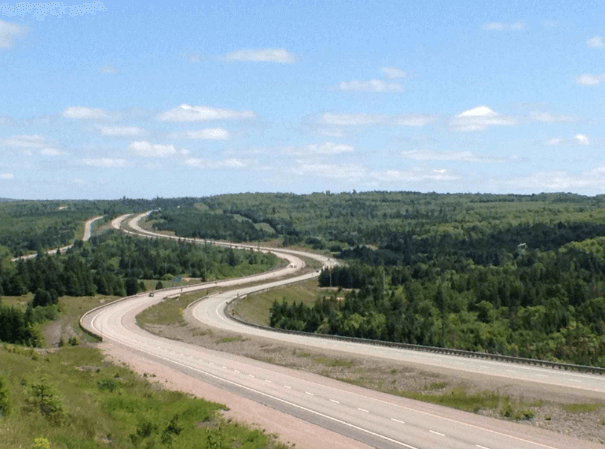
Look at the Trans-Canada highway, pictured above. Now imagine that there are people who are sickened, just absolutely sickened that they allow cars and don’t allow foot traffic, at least in the lanes. Then again, maybe these guys are doing the thing where we arbitrarily decide that streets and roads are two different things. In that case, it’s difficult to figure out what precise, arbitrary definition of street they’re going with, but here’s King George Boulevard in Surrey, British Columbia.
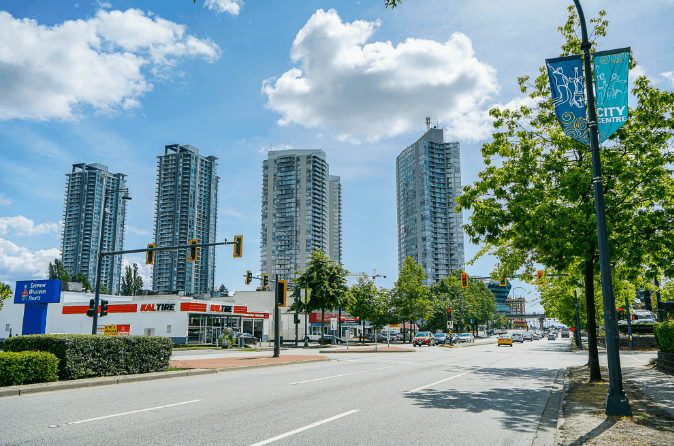
I picked it because I know it well and it’s clearly in an urban area. It has three lanes of traffic and too many traffic lights. It’s “stroad”-lite, to use that awful term. There are a few things I could think of that would improve the street. But none of them involve throwing children out there to walk around. CityBeautiful may believe that the final evolution of streets is homos getting together for an all night gay fuckparty in the center with a funkopop appreciation after-party. The rest of the world wants transporation.
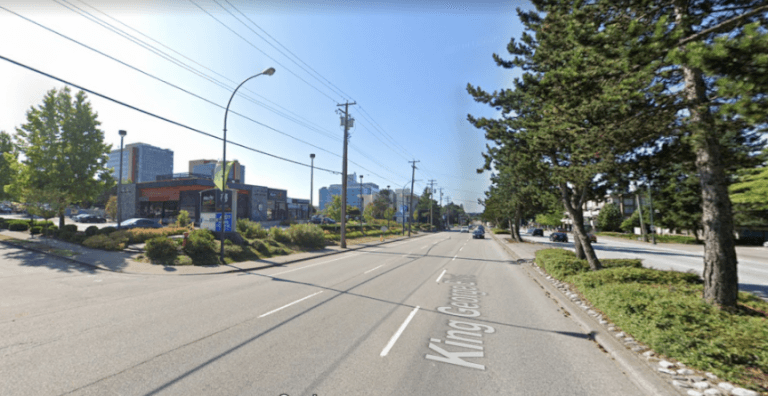
By the way, we’re getting to “muh stroads,” in a bit. Suffice to say, these guys don’t have the most basic understanding of the road system. It crops up in other ways, like this guy not getting that we can’t have pedestrians on every street. He thinks those kinds of streets are the best because he just flat out doesn’t understand the others.
I want to focus on the spot on the spectrum where Market Street is. It’s still designed to be a fairly normal street, but there are no cars allowed. Functionally it may be about the same as many transit malls, but it still hasn’t grown into that evolution from a design perspective.

Ah yes, Market Street, that glorious deserted hellscape with human feces and used needles on it. It’s certainly evolving in the right direction.
It’s still an Ivysaur waiting to become a Venosaur, if you know what I mean. Though the metaphor doesn’t really work because bulbasaurs are adorable and suburban arterials are terrible.
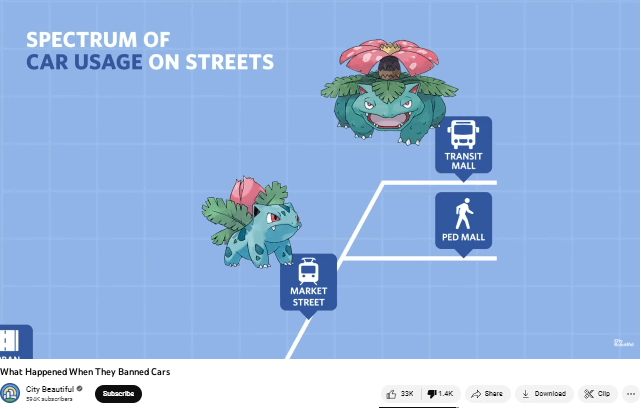
No, I didn’t misquote him as a joke, like I occasionally do. He really said that. And I didn’t photoshop this graphic either.
Anyway, let’s go look at a particularly adorable Ivysaur in Madison, Wisconsin. State St. runs between the campus of the University of Wisconsin, Madison, and the countries nicest state capital, right in the middle of capital square. At first glance, it might look like a normal street. It’s got your normal sidewalk, curb, gutter and street trees. But what it doesn’t have is private vehicles.
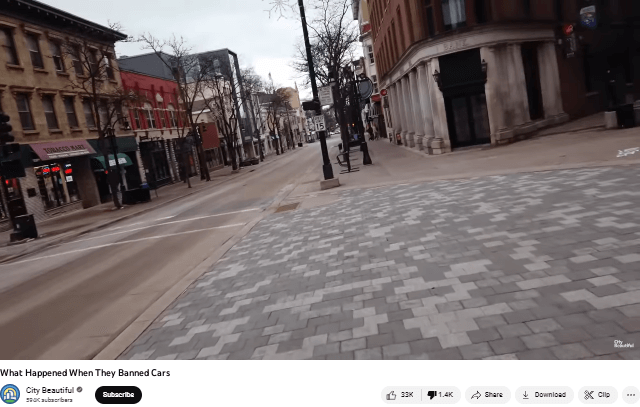
No, it doesn’t look like a normal street, it looks like a deserted wasteland. It looks like Covid-19 actually killed 90% of the population or something. It doesn’t have private vehicles, and it doesn’t have people either. And keep in mind, this is the street that connects a University, which should have lots of foot traffic, and the state capital. This is not a random rural town where they overbuilt things.
In 1974 cars were banned.
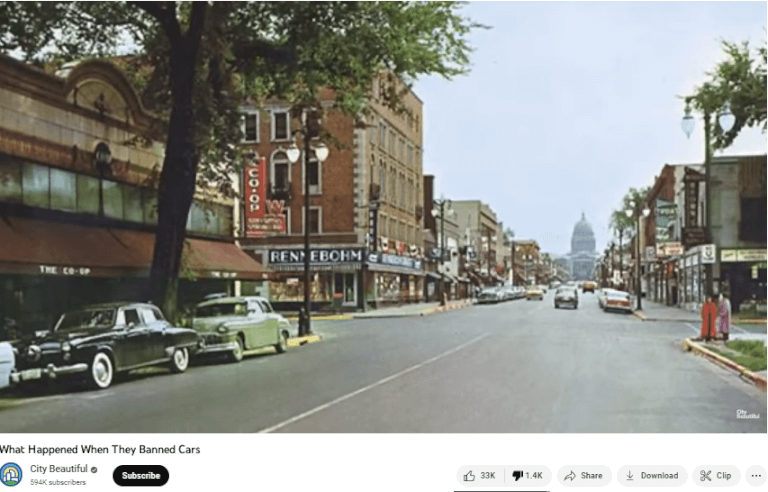
Madison did redesign the street, but their primary change was making the sidewalks wider, while keeping the curb and gutter.
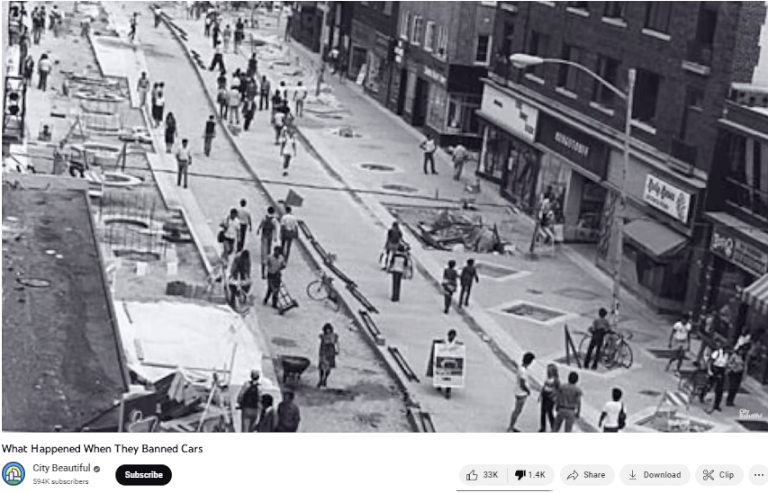
I’m seeing people in these last two shots. I’m seeing no one now.
Today the roadway can be used by buses, delivery vehicles, and emergency vehicles, and that’s about it. Pedestrians tend to stay on the sidewalks as vehicles come often enough to keep them out.
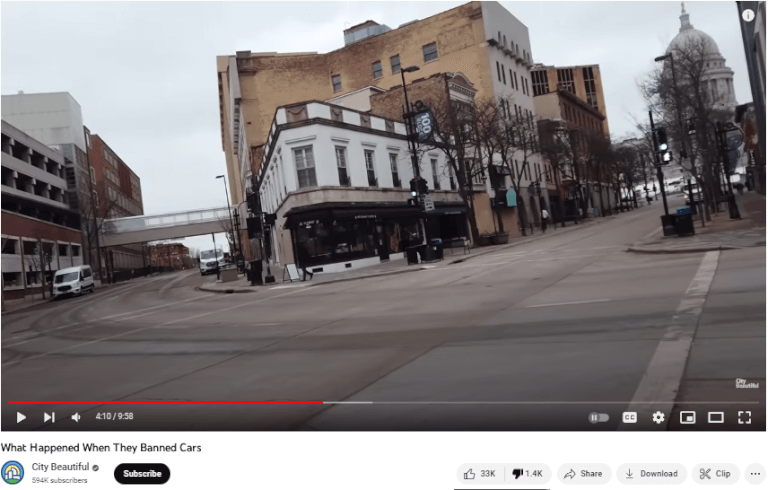
What pedestrians? There’s no one here. It’s a ghost town. Also, I remind you that if you have some automobiles on the road you ruin most of the benefit of banning them, because, as this guy himself admits, you can’t walk on the road until you are absolutely sure that you won’t get run over by a bus or truck. The walkability benefit is therefore minor, which doesn’t seem to be much of a big deal, because no one’s here anyway.
But the lack of cars makes it a really pleasant street. It’s quieter and calmer.
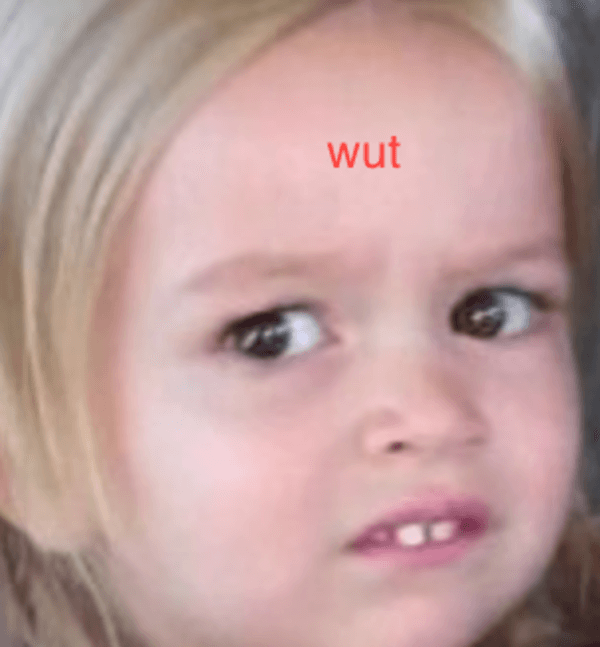
It’s not “quiet and calm,” there’s NO ONE HERE. This part took me a long time to write because I wanted to capture just how insane this is. That’s the state capital in the background. It’s a very nice building in a city that I can tell you from experience is very nice, or at least was a decade ago. This street is empty and depressing. There are no cars, and there are also no people.
State St. proves that removing cars can work on a major street, just like Market Street in San Francisco.

What the fuck are you talking about? Literally both places you showed are ghost towns. And while San Francisco has the excuse that you have to step over human feces in order to get to where you want to be, Madison Wisconsin still appears to be very wealthy. It sure looks nice from this shot in the air.
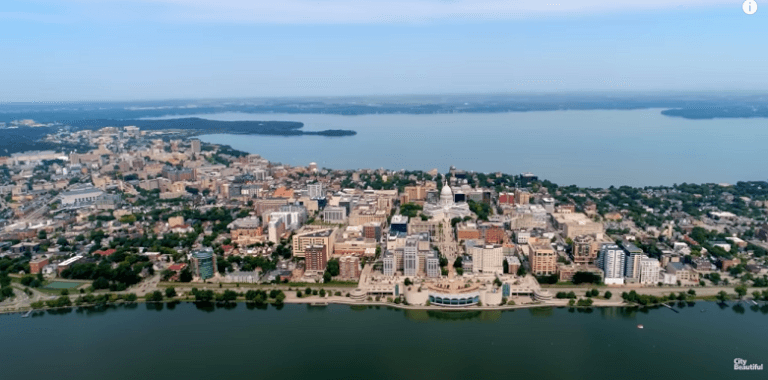
And yet this street, right next to the capital, is abandoned.
But the point is that State Street connects the capital and the university, two major job centers. That’s a situation where you’d expect a lot of traffic. Yet by banning cars altogether, State street sidesteps that issue.
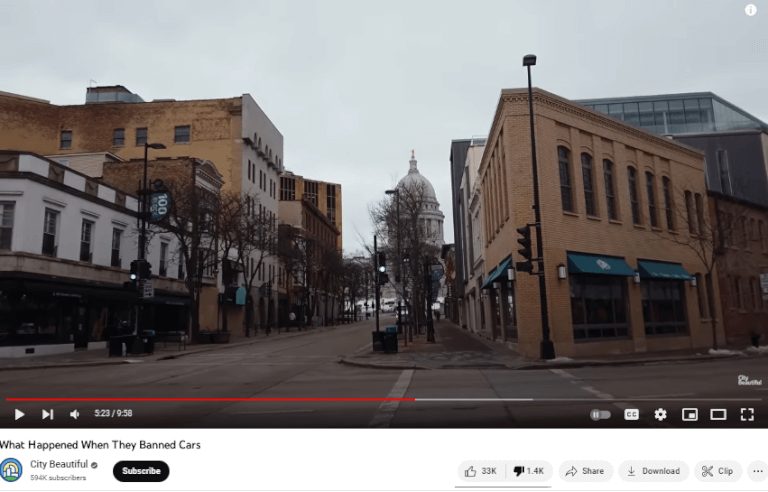
That’s why it’s so horrifying how empty the street is. You are not supposed to have a street in between a university and a capital building in a low crime, high affluence area be this empty of pedestrians. It’s also empty of vehicles I might add, which only adds to the creepiness.
Even in the cold Wisconsin winters people are okay with braving the elements on foot to shop or dine.
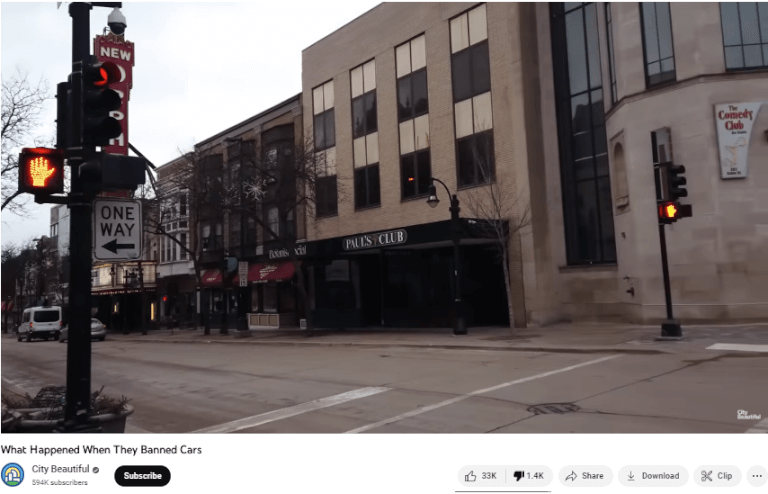
He pans the camera the other way so that we can see all the pedestrians braving the elements on this lively street.
Yet by banning cars altogether, State street sidesteps that issue. And the great thing about banning cars on streets is that spillover traffic to other streets either doesn’t happen, or happens in small numbers. It’s sort of like the opposite of induced demand. If adding more lanes on a highway encourages people to drive on it, reducing car lanes downtown discourages people from driving there.

When you make it a pain in the ass to drive somewhere, sometimes people bite the bullet and drive there anyway. But, if you make it consistently unbearable for a long time, people eventually go elsewhere. Said elsewhere may be the next street over, or it might be some other mall located in a different part of the city entirely. Cars give people great freedom, and part of that means not giving anti-car establishments your time.
It also shows that retail can survive without cars. State Street has been a mix of quirky local restaurants and shops, mixed with national chains for as long as I can remember.
Quirky? Hold on a second, is this place what I think it is? I’m getting a gitchy feeling here.
Today, the street hosts a variety of shops, bars, and restaurants and is popular for its small-town appeal, street musicians, jugglers and other types of busking, making it a common tourist attraction. Places of interest on State Street are the Overture Center for the Arts, the Madison Museum of Contemporary Art, and the Memorial Library Mall.
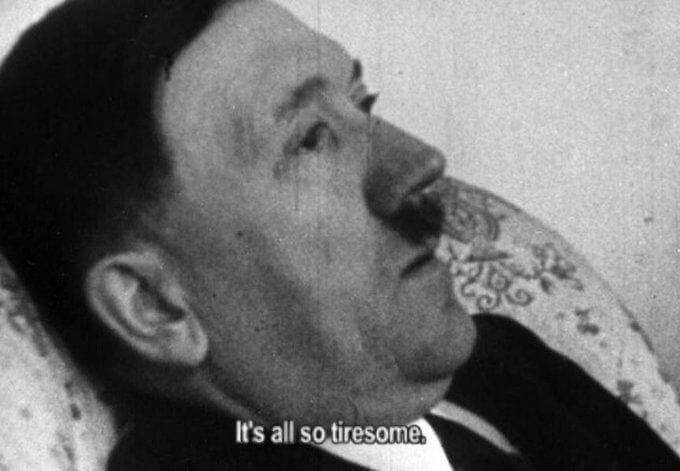
A tourist attraction. A fucking tourist attraction. That explains why banning cars might make sense, since you’re supposed to be able to walk around in those places. It would also explain, at least partially, why there is close to no one there. If it’s a tourist location it’s definitely got a boom and bust cycle. But more importantly, it would explain why this fucking homo is soying out over the place. The Urbanite is The Eternal Tourist, The Eternal Five Year Old.
Because these Rootless Cosmopolitans have no strong ties to any one area, what works for them, quirky Nintendo Switch themed dildo shops, and what works for the real people who live in an area are very much not one and the same. They don’t care if your neighbourhood because unlivable after they ban cars. They just want to walk on the road because it’s fun.
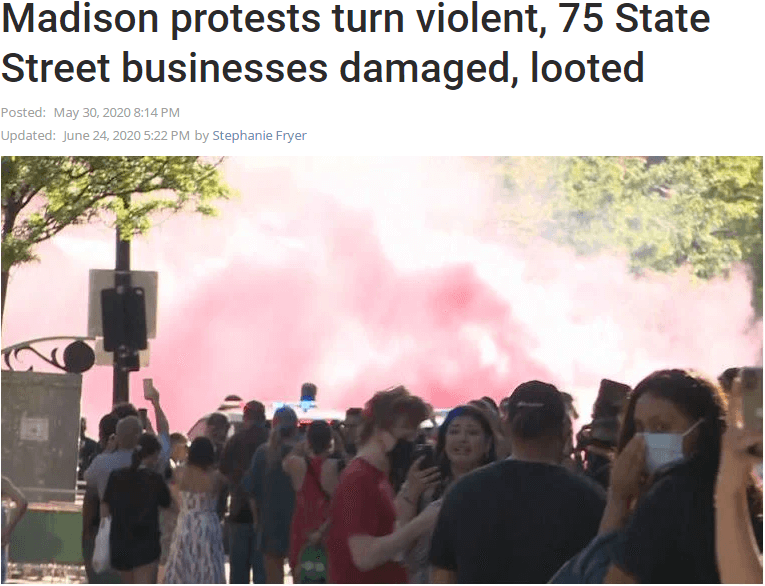
But there may be another reason why State street is abandoned. A reason that would also explain the boarded up business earlier. That reason being the unleasing of the Crime-Americans in 2020. This happened twice in Madison, once after Fentanyl Floyd bit the dust, and another after career criminal Jacob Blake was shot. Here’s Wikipedia again.
Just as business owners on State Street began removing boarded up windows and barricades, the Shooting of Jacob Blake in Kenosha lead to further civil unrest in August and September 2020.[6] Madison police used tear gas to disperse the rioters. A $300,000 fund was established to assist business owners affected by the rioting.[7]
I can’t tell you if State Street was a nice little area before Da Blax ruined it. It certainly looks nice from what I can see, although most tourist attractions have their charm. I doubt that the locals ever frequented it in wintertime, since it’s such a pain in the ass to park your car there, but I can’t say with any certainty that the banning of cars didn’t come with upside. Again, I’m not against banning cars from a street on principle, and a street that is a dead end anyway is a decent candidate for cars to be banned.
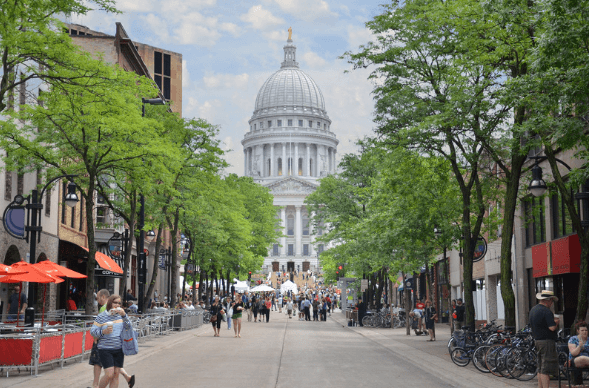
BTW, you know it’s bad when Wikipedia admits it was “rioting,” and not “protests.” Above image is from 2008.
But what I can say, beyond a shadow of a doubt, is that, once again, crime is the dominant factor in walkability. Hell, crime is the dominant factor in most of life. Your neighbourhood will absolutely be ruined by drugs and crime. That’s why this very faggot, CityBeautiful, who made this video was whining about “NIMBYs,” in a previous video. I fucking hate these people.
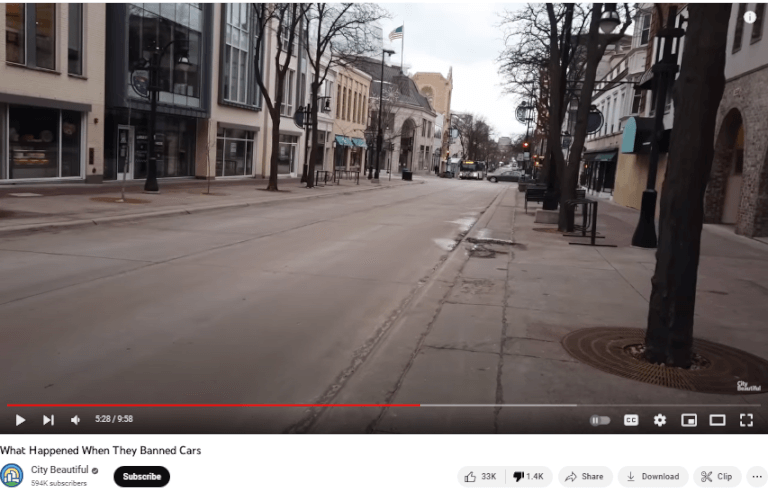
It’s so depressing.
Imagine someone who visits two streets that have been utterly hollowed out by crime and soying out over how OSSUM it is that cars are banned. These people are the ultimate Rootless Cosmopolitans. They don’t give a shit if things are impractical. They don’t give a shit about liveability. They don’t even care if San Francisco gets ruined. They have no roots, no long term ties to any one place. For all they bloviate about communities they have none in reality. If an area they live in gets destroyed by the policies they support, they simply pack up and tourist their way to another spot.
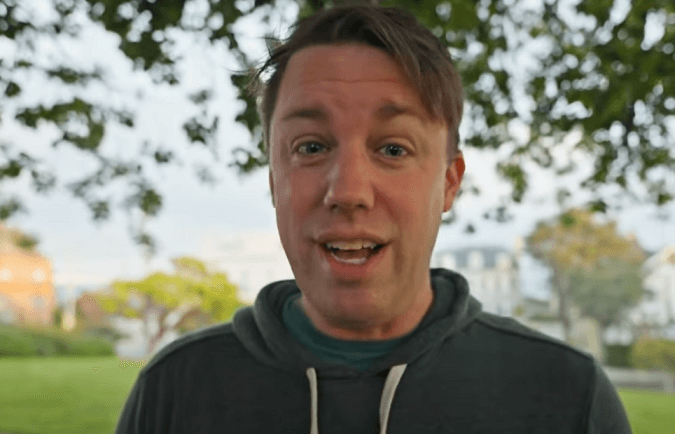
This guy wants to lecture you on being a “NIMBY,” if you don’t want your neighbourhood destroyed by Crime and drug addicts. Meanwhile, he’s a 37 year old toddler who views the entire world purely through the lens of a tourist. He doesn’t mind if bad things go into “his backyard,” because he doesn’t have one and he never will. He lives in one location for a while before migrating away when the policies he espouses turns it all to shit.
Gradually, I began to hate them.




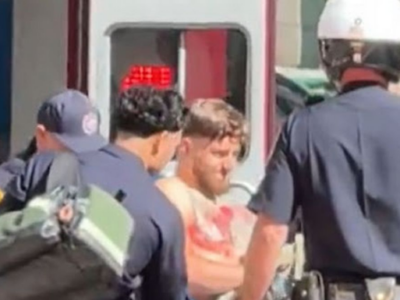
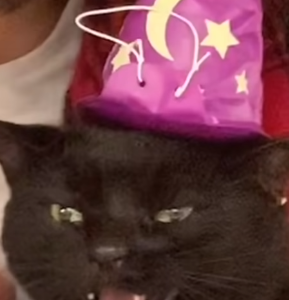
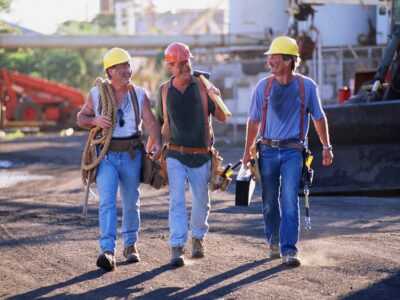


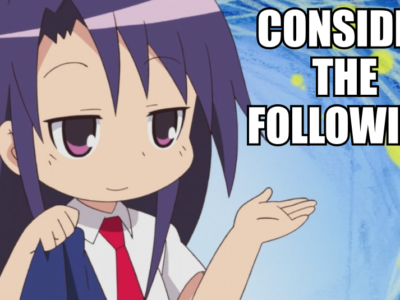
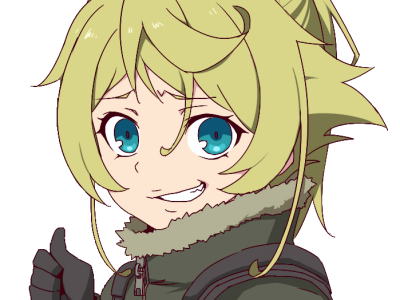

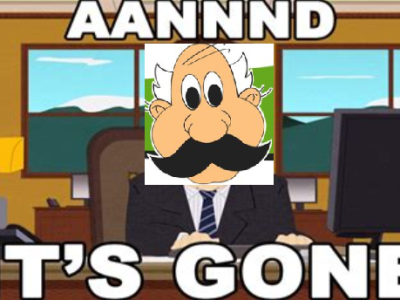
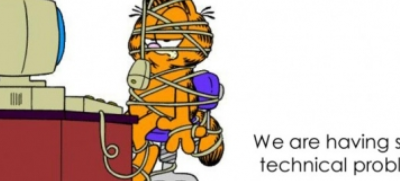
So it seems like “car-free”, and its “carbon-free” counterpart are economic death sentences for normal people. Look at those boarded shops and empty streets!
I looked at Market street photos using google maps. Most pics show empty and/or near-empty streets. The only crowd photos are from fag “pride” parades. So another death signal is when your street ever only ever fills with state-approved protestor/pervert pedestrians.
Anyhow, thanks for the analysis. Amazing.
Well I think the BLM riots are more important than the lack of cars. Remember, State Street in Madison is just a tourist area with a dead end. Only about a kilometer of the street is car free anyway, so maybe it could work as a gimmicky area for tourists.
Turning Market Street into a pedestrian only area was going full retard. But that’s San Francisco for you.
These faggots are so toxic they’re ruining the codeword “rootless cosmopolitan”
[…] is not the first time that we’ve pointed and laughed at San Francisco, not even close. They’ve seen famous and […]